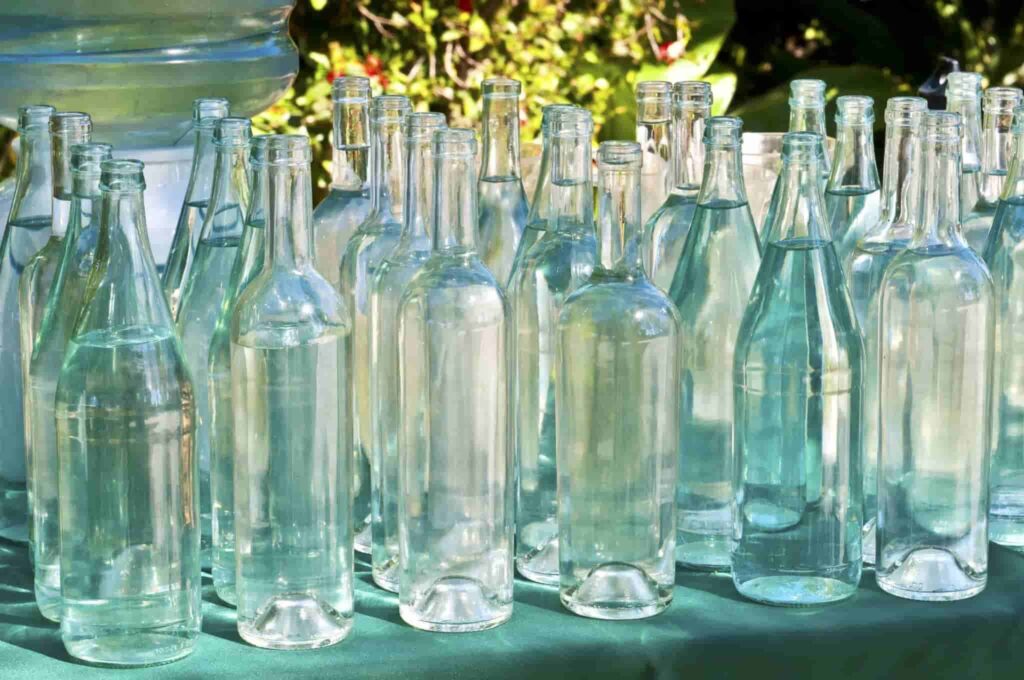Understanding the complexity of the size standards in different global regions, especially the ever-changing glass bottle and jar industry, is essential. Understanding the complexities of size standards across various global regions is essential to adhere to international regulations and meet the specific demands of a variety of markets. This knowledge is essential because each region has its preferences and requirements. This blog post explores these size standards in depth, to provide retailers and wholesalers essential, actionable insight. This information is crucial in navigating the world of glass packaging. It ensures seamless integration across diverse markets while maintaining customer satisfaction and compliance.
Section 1 Size Standards in North America
It’s crucial to know the different size standards in North America when dealing with glass bottles or jars. These standards are crucial in ensuring products meet regulatory and market requirements.
1.1 United States
In the United States, the sizing of glass bottles and jars is typically denoted in both ounces (oz) and milliliters (ml). This dual measurement system caters to both the domestic and international markets.
○ Standard Measurements: The range of sizes is quite broad, starting from small 1 oz bottles, which are often used for high-end cosmetics or sample sizes, to larger containers like 32 oz jars commonly found in the food and beverage sector.
○ Industry-Specific Sizes: In industries such as wine and spirits, the U.S. adheres to somewhat standardized sizes. For instance, wine bottles are generally 750 ml, aligning with the global standard for wine. Spirit bottles often come in 375 ml, 750 ml, and larger sizes.
○ Regulatory Compliance: The U.S. market is also governed by strict regulations regarding labeling and capacity, making adherence to these size standards crucial for compliance.
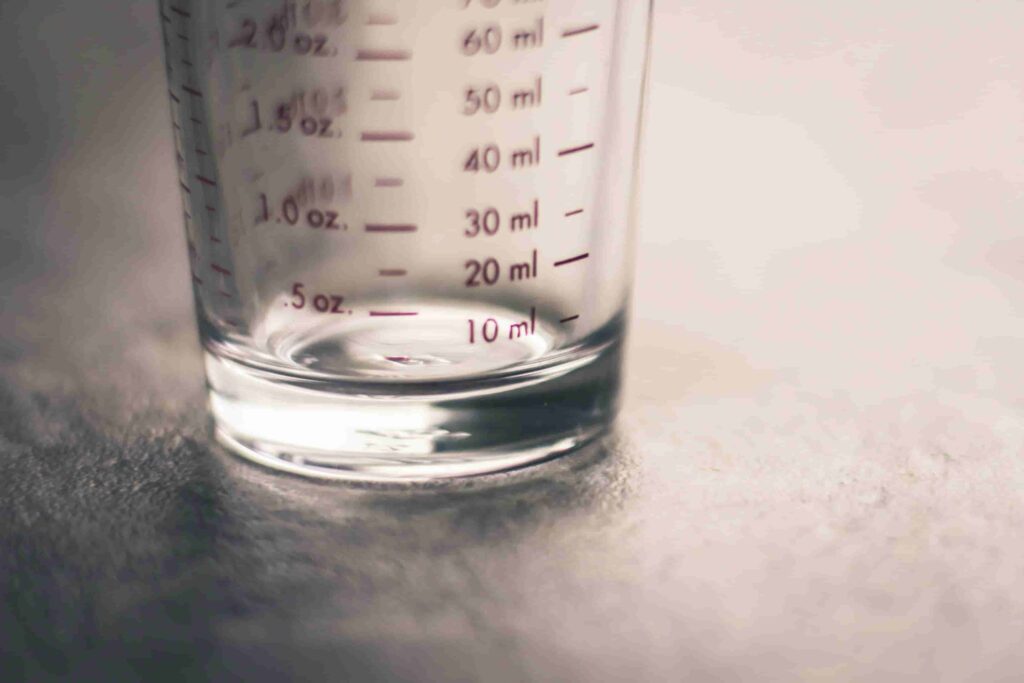
1.2 Canada
Canada primarily follows the metric system for sizing, which means sizes are typically expressed in milliliters and liters. However, due to the close trade relations with the U.S., there is a noticeable influence from American sizing standards.
○ Metric System Adoption: Common sizes in the Canadian market include 250 ml, 500 ml, and 1-liter bottles, particularly in the food and beverage industries.
○ Cross-border Influence: Canadian manufacturers and retailers often accommodate both metric and U.S. standard sizes to cater to a broader market, including exports to the U.S.
○ Industry Variations: Similar to the U.S., specific industries in Canada have their standard sizes. For example, the wine industry predominantly uses 750 ml bottles.
Understanding these size standards is vital for businesses in the glass bottle and jar sector, especially those looking to operate in or export to the North American market. By aligning product offerings with these regional preferences, businesses can ensure greater market acceptance and regulatory compliance.
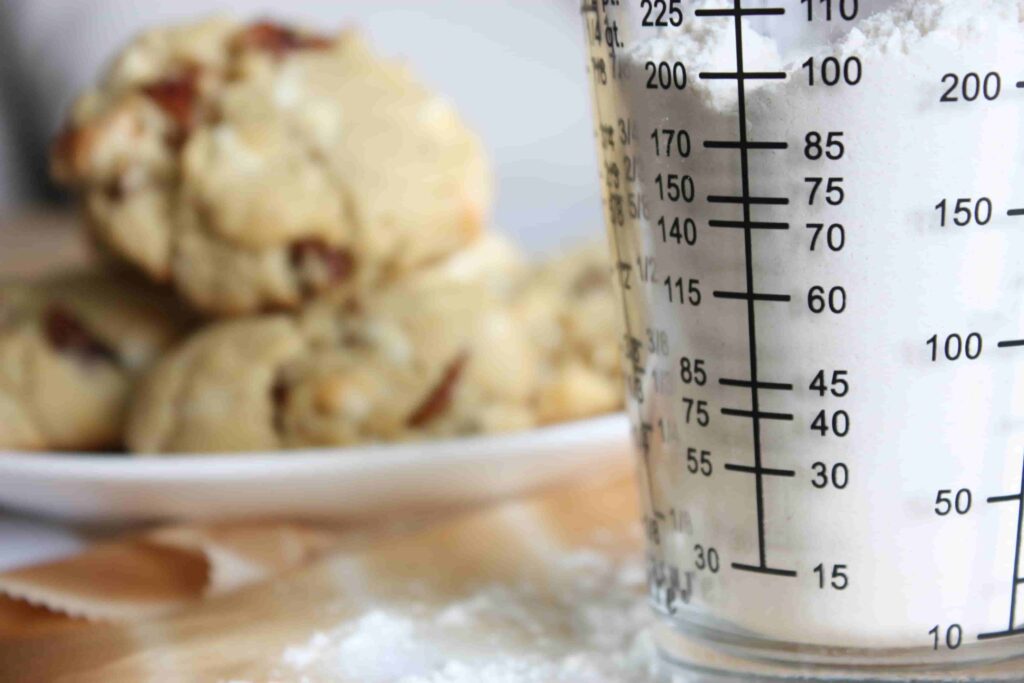
Section 2 European Size Standards
In Europe, the glass bottle and jar size standards are affected by historical traditions, specific industry needs, and the dominance of the metric measurement system. Understanding these standards is crucial for any business involved in glass container production, retail, or wholesale in European countries.
2.1 Predominance of the Metric System
○ Metric Measurements: Unlike North America, Europe strictly adheres to the metric system for all measurements. Sizes are typically expressed in milliliters (ml) and liters (l). This uniformity simplifies the process of understanding and complying with size standards across various European countries.
○ Standard Range: The common sizes for bottles and jars in Europe range from small 50 ml containers, often used for premium spirits or deluxe samples, to larger sizes like 1-liter bottles, popular in the beverage sector.
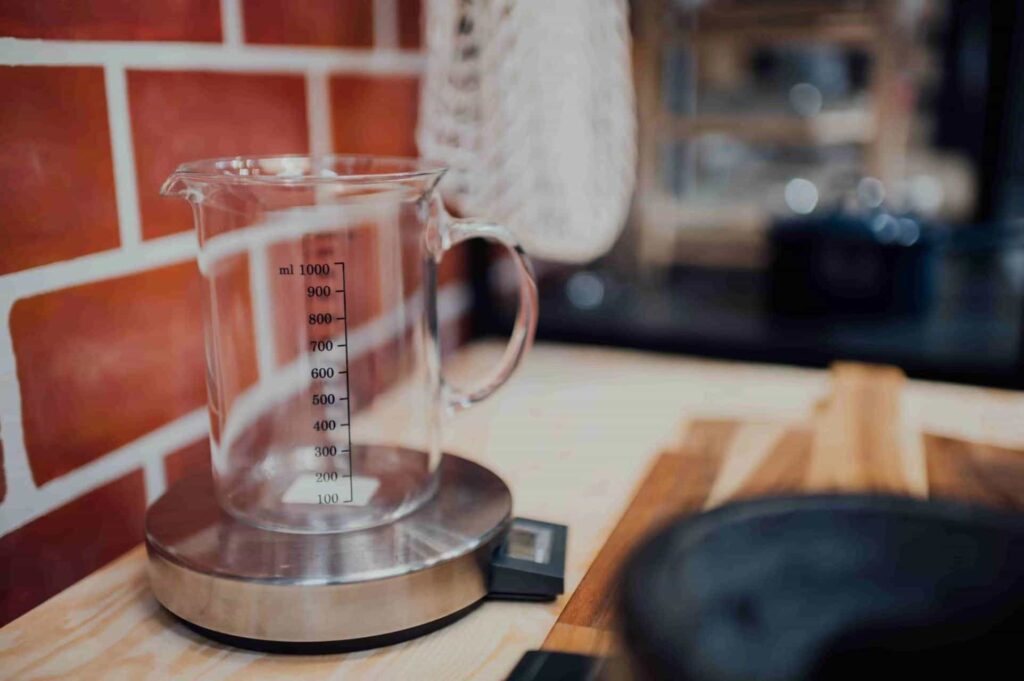
2.2 Wine and Spirits Industry
Europe’s rich history in wine and spirits production has led to specific size standards in this sector.
○ Wine Bottles: The standard wine bottle size in Europe is 750 ml, mirroring the global standard. However, Europe also has a tradition of varied wine bottle sizes such as the Magnum (1.5 liters), the Jeroboam (3 liters), and even larger sizes for special editions or luxury brands.
○ Spirits Bottles: Spirit bottle sizes are often in line with the global standards, with common sizes being 500 ml, 700 ml, and 1-liter bottles. However, the 700 ml bottle is more prevalent in Europe compared to the 750 ml standard seen in the U.S.
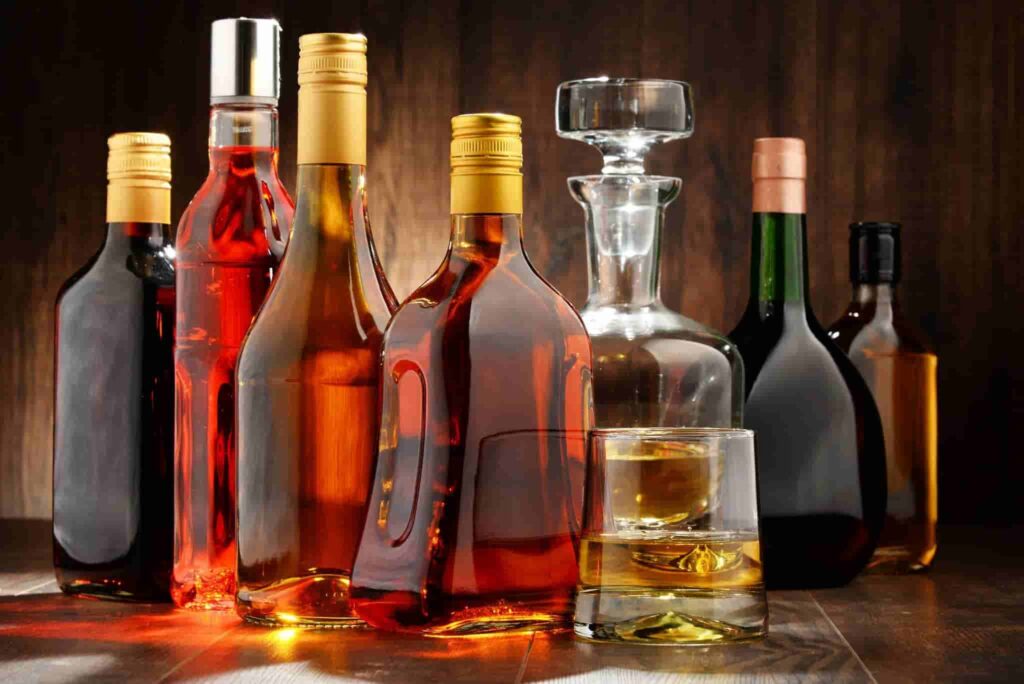
2.3 Food and Beverage Industry
The food and beverage industry in Europe uses a diverse range of bottle and jar sizes, tailored to the type of product and market preferences.
○ Regulatory Aspects: The European Union has regulations that dictate certain aspects of packaging, including sizes, to ensure consumer protection and fair trade practices. Complying with these regulations is essential for businesses operating within or exporting to the EU.
○ Custom and Specialty Sizes: Apart from standard sizes, there is also a market for custom and specialty sizes, particularly for artisanal products, local specialties, or luxury items.
2.4 Cosmetic and Pharmaceutical Industries
These industries also follow the metric system, with a wide range of sizes from very small (like 10 ml for sample sizes of high-end cosmetics) to larger containers for mass-market products.
A thorough understanding of European size standards is crucial for businesses in the glass jar and bottle sector. These standards are not only a reflection of regional measurement preferences but also cultural and industrial practices. The European market will be more accepting of products that are tailored to these standards.
Section 3 Size Standards in Oceania
In Oceania, particularly in major markets like Australia and New Zealand, the size standards for glass bottles and jars are influenced by both global trends and local preferences. These standards are crucial for businesses looking to engage in the glass container market within this region.
3.1 Metric System Compliance
○ Metric Measurements: Oceania strictly follows the metric system, with measurements predominantly in milliliters (ml) and liters (l). This standardization aligns with most international markets, simplifying the export and import processes.
○ Common Sizes: The range of sizes in Oceania includes smaller containers like 150 ml or 250 ml, commonly used in the cosmetics and pharmaceutical industries, up to larger 1-liter or 2-liter bottles used in the beverage industry.
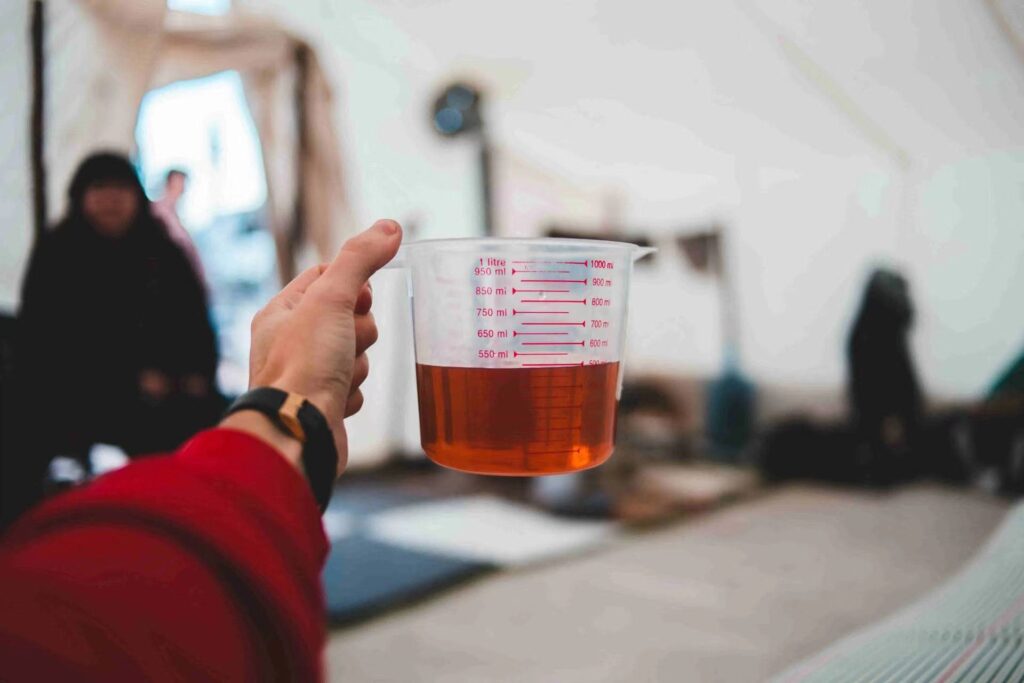
3.2 Wine and Spirits Industry
Oceania, particularly Australia and New Zealand, is known for its wine industry, which influences the standard bottle sizes.
○ Wine Bottles: The standard wine bottle size is 750 ml, consistent with global standards. However, there is also a market for larger sizes like the Magnum (1.5 liters) for premium or special edition wines.
○ Spirits and Craft Beverages: The spirits industry, including the emerging craft spirits market, typically uses 500 ml and 700 ml bottles, with some variation depending on the brand or product.
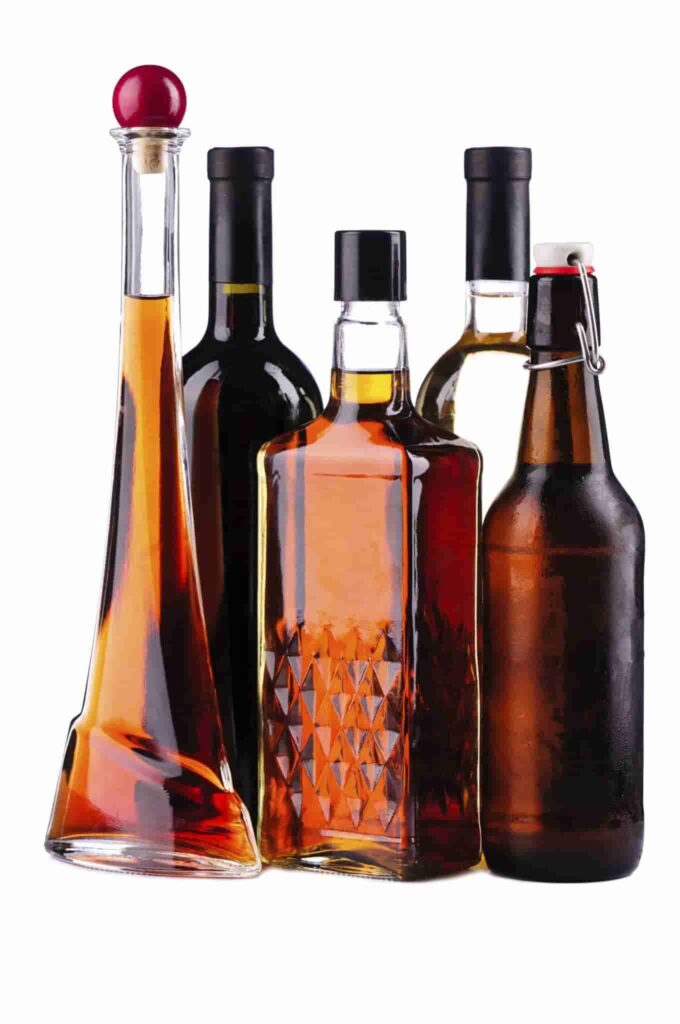
3.3 Food and Beverage Sector
The food and beverage sector in Oceania offers a variety of sizes, catering to both domestic and export markets.
○ Standard and Custom Sizes: Standard sizes for products like juices, soft drinks, and sauces range from small 250 ml bottles to larger 1-liter or 2-liter sizes. There’s also a trend towards custom sizes for artisanal or niche products.

3.4 Industry-Specific Considerations
○ Regulatory Compliance: In Oceania, some regulations govern packaging sizes and labeling, particularly for food and beverage products. These regulations ensure consumer safety and fair market practices.
○ Environmental Considerations: There is a growing trend towards sustainable packaging solutions in Oceania, influencing the size and design of glass bottles and jars. This trend is driven by both consumer preference and regulatory policies.
For businesses in the glass bottle and jar industry, understanding the size standards in Oceania is essential for ensuring market relevance and regulatory compliance. These standards reflect a blend of global influences and local preferences, highlighting the region’s unique position in the global market. Tailoring products to meet these standards can significantly enhance market opportunities in this region.
Section 4 Asian Size Standards
The vast diversity of culture, economy, and industry in Asia has led to a wide range of glass bottle and jar sizes. The glass container industry faces unique challenges as well as opportunities because of this variety. Understanding these size standards is essential for market penetration and compliance with local regulations.
4.1 Diversity in Measurement Systems
○ Metric System Predominance: Many Asian countries predominantly use the metric system, with sizes expressed in milliliters (ml) and liters (l). However, there can be exceptions and variations, especially in countries with strong historical or trade ties to non-metric systems.
○ Range of Sizes: The range of standard sizes in Asia is broad, catering to a variety of industries. For instance, small bottles ranging from 100 ml to 250 ml are common in beauty and pharmaceutical industries, while larger sizes of up to 2 liters are prevalent in the beverage sector.
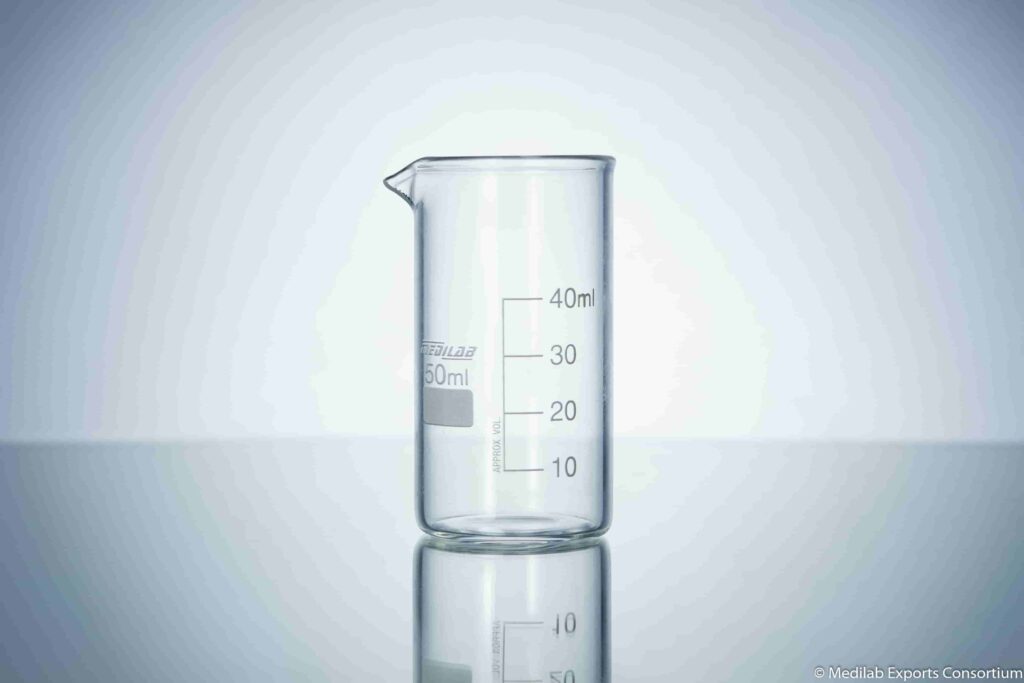
4.2 Country-Specific Standards
○ China: In China, the glass bottle and jar sizes are influenced by both domestic needs and export requirements. There is a trend towards standard international sizes for export products, but local products might adhere to different standards.
○ Japan and South Korea: These countries have unique size standards for traditional beverages like sake and soju. Sake bottles, for example, often come in 720-ml or 1.8-liter sizes, while soju is commonly found in 360-ml bottles.
○ Southeast Asia: Countries in Southeast Asia have a diverse range of sizes, often influenced by local consumption habits and export markets. Custom sizes are also common for local products.
4.3 Industry-Specific Variations
○ Food and Beverage Industry: The sizes in this industry are tailored to both local consumption patterns and export markets. For example, soy sauce in Japan might be sold in specific traditional sizes, while in Thailand, fish sauce might have different standard sizes.
○ Cosmetics and Pharmaceuticals: These industries often follow global trends, with small sizes for premium products and larger sizes for everyday consumer goods.
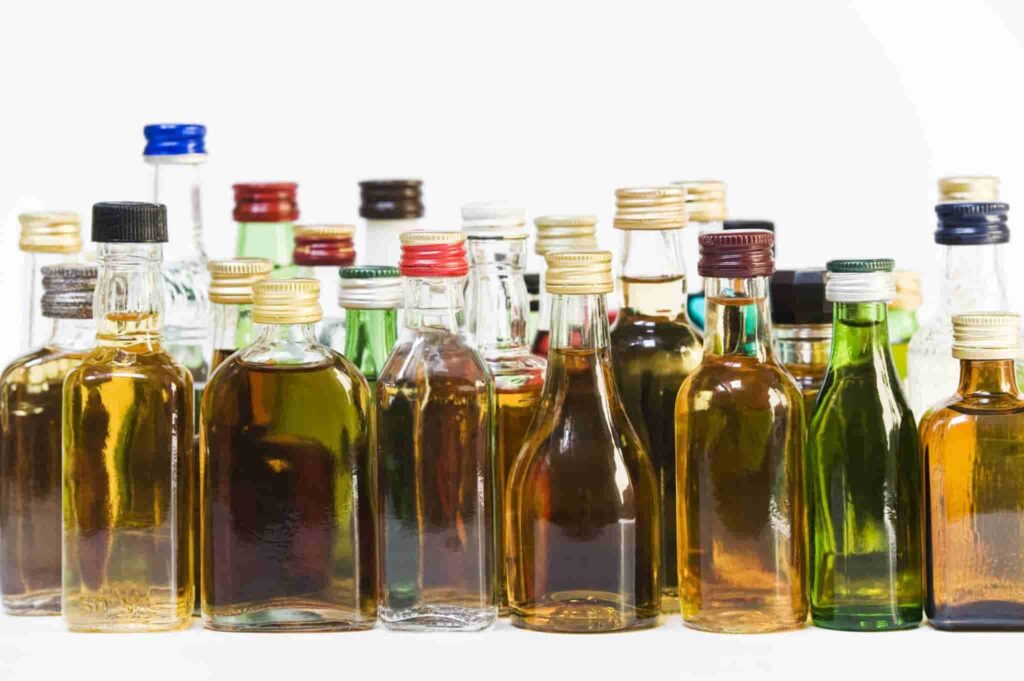
4.4 Regulatory and Cultural Influences
○ Regulatory Aspects: Each country in Asia has its regulatory framework governing packaging sizes and labeling. Compliance with these regulations is essential for market access.
○ Cultural Preferences: Cultural factors play a significant role in determining the preferred sizes of bottles and jars. For instance, gift-giving cultures might favor certain sizes or shapes for aesthetic appeal.
Navigating the diverse size standards found within the Asian glass bottle and jar market requires an in-depth knowledge of local nuances, including cultural preferences, industry needs, and regulatory compliance issues. Businesses aiming to operate within this market must be responsive to its different standards to be successful and comply with regulations; creating tailored products designed specifically to fit with these different standards is one key strategy in capitalizing on opportunities offered by Asia’s dynamic marketplace.
An understanding of the different sizes standards for glass bottles and jars from around the world is integral for success in international trade. Retailers and wholesalers must remain aware of regional differences caused by regulations, cultural preferences, and industry requirements. Understanding these distinctions goes beyond simply meeting regulatory compliance; rather, it means meeting customers’ needs and exceeding their expectations in each market. Successfully meeting customer and market needs can result in higher customer satisfaction, wider market reach, and enhanced competitiveness for businesses aiming to establish or strengthen their presence in an ever-evolving global marketplace. Navigating these variations with skill and adaptability is essential for developing long-term international business relationships and securing a foothold across markets around the globe.
